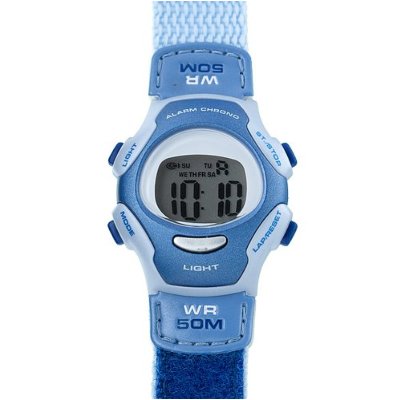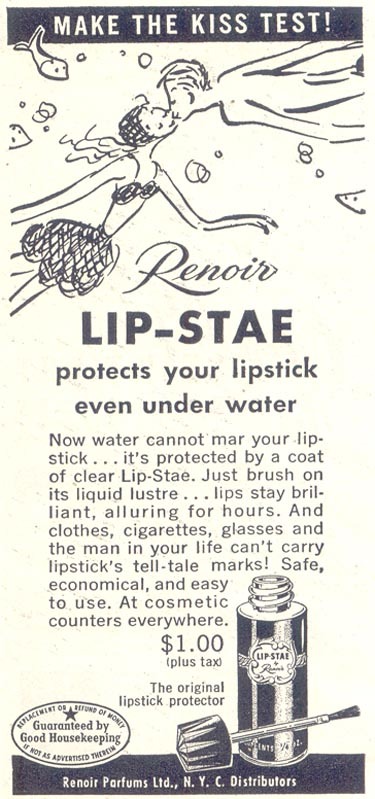It’s that time of year again! Enjoy our collection of Halloween posts from years past or visit our Halloween-themed Pinterest page.
Just For Fun
- Sociologist Joel Best wishes you a happy and safe Halloween!
- A Hallowmeme costume: Women laughing with salad
- Fun and fear: The great equalizer
- Breast cancer-themed sexy leopard-ish costume ’cause why?
History
Politics and Culture
- Poisoned Halloween candy and the social construction of social problems
- Legal firm’s Halloween party mocks home foreclosures
- Lynching Palin
- Obama mask marketed as a “terrorist” costume
- Marking sex offenders
- Capitalism, candy, and Halloween
Race and Ethnicity
- Racist Halloween costumes for your dog
- Othering of undocumented immigrants with an “alien” costume
- A collection of racist Halloween costumes
- Asian hair for Halloween
- Appropriating Dia De Los Muertos at Halloween
- Raising consciousness about racist Halloween costumes
- “Indian” and “Ninja” as official costume categories
- Anne Skank: Trivializing and sexualizing the Holocaust for Halloween
Sexual Orientation
Gender
- “Anna Rexia” Halloween costume
- What do sexy Halloween costumes for men look like?
- Halloween and the trivializing of women in men’s occupations
- Women dressing up like girls dressing up like women
- Even our skeletons have sex
- A Halloween gender binary
- When sexy overtakes all reason: sexy what!? (2014), sexy what!? (2012), sexy what!? (2010)
- Also in sexy costumes for women and girls: sexy femininity and gender inequality, sexy scholar, Harem girl, and the sexy body bag costume
- Compare to this vintage Halloween-inspired ad that urges women to be bewitching instead of half-naked
Gender and Kids
- How sexy stole “naughty”
- Halloween costumes: then and now (yes, they’re sexier)
- Tiny the Pterodactyl and the gender ideology of Halloween
- Girls: mean or queen
- Gender and kids costumes
- Dress up your little girl in a “little black dress”
- Comparing boy and girl “toddler” Cookie Monster costumes
The intersection of Race, Class, and Gender
- Halloween hall of sha me: the fat lap dancer costume
- Sexy “Indian” costumes
- An overview of raced, gendered, and heteronormative costumes
And, for no conceivable reason…
- Max Weber Jack o’Lantern (I carved it myself)
- Boo! The feminists are coming!
Lisa Wade, PhD is an Associate Professor at Tulane University. She is the author of American Hookup, a book about college sexual culture; a textbook about gender; and a forthcoming introductory text: Terrible Magnificent Sociology. You can follow her on Twitter and Instagram.


















